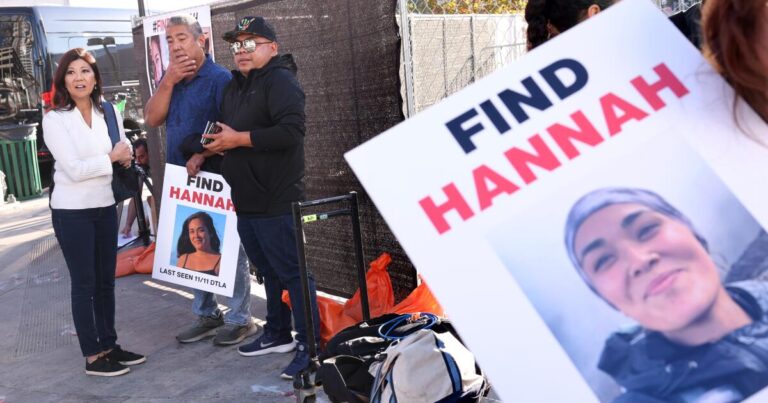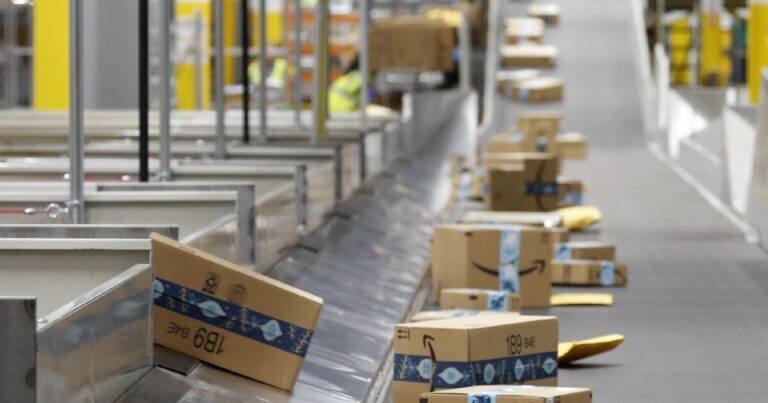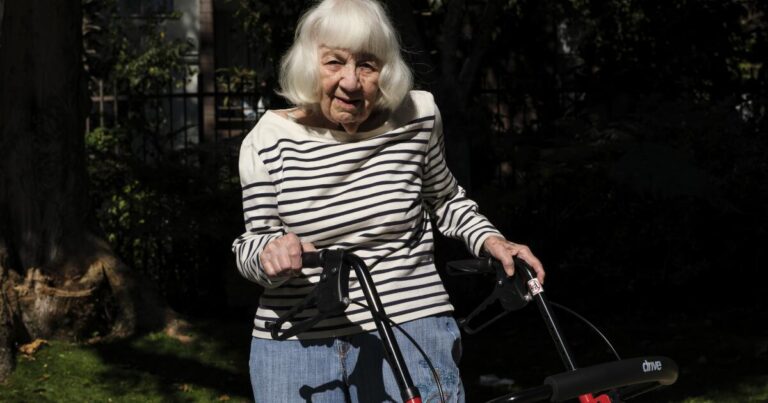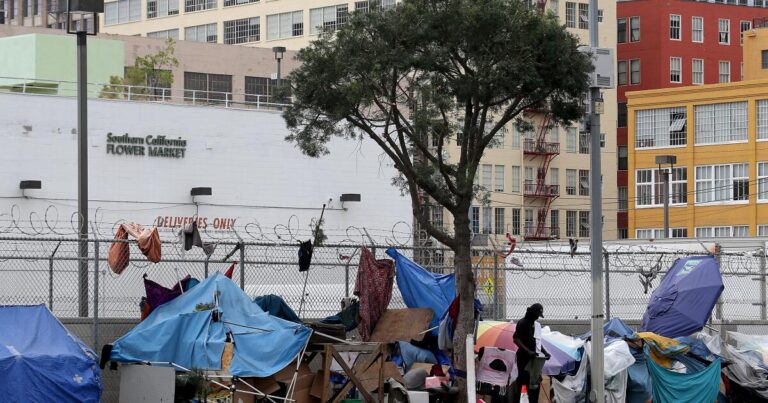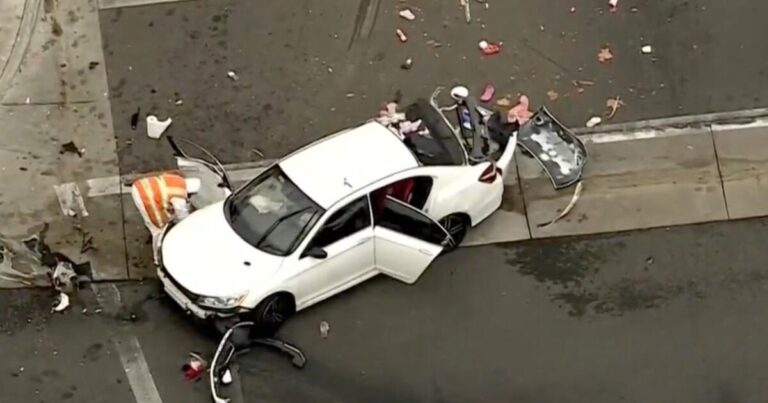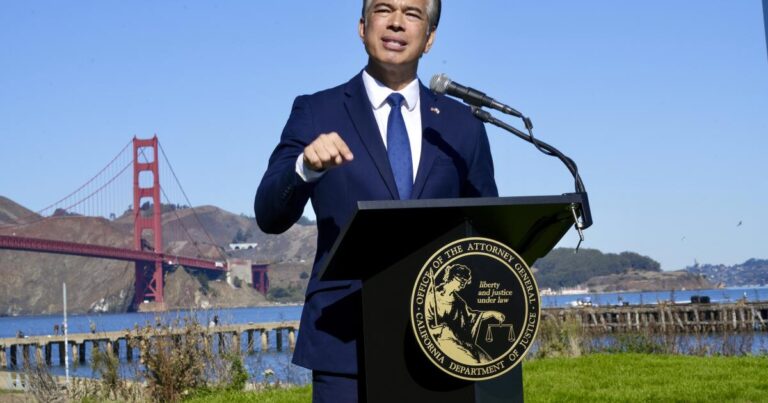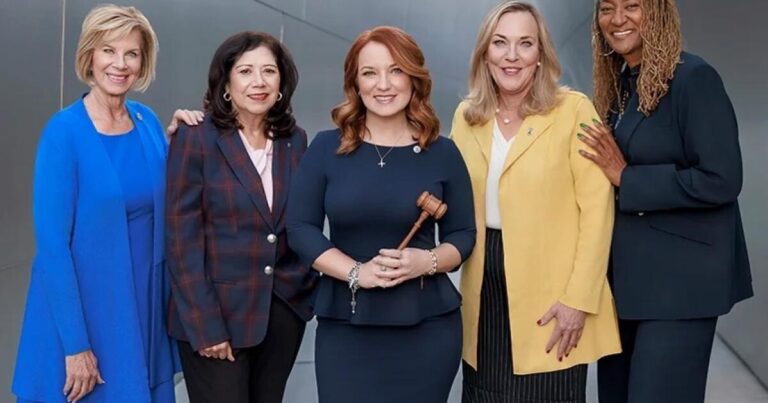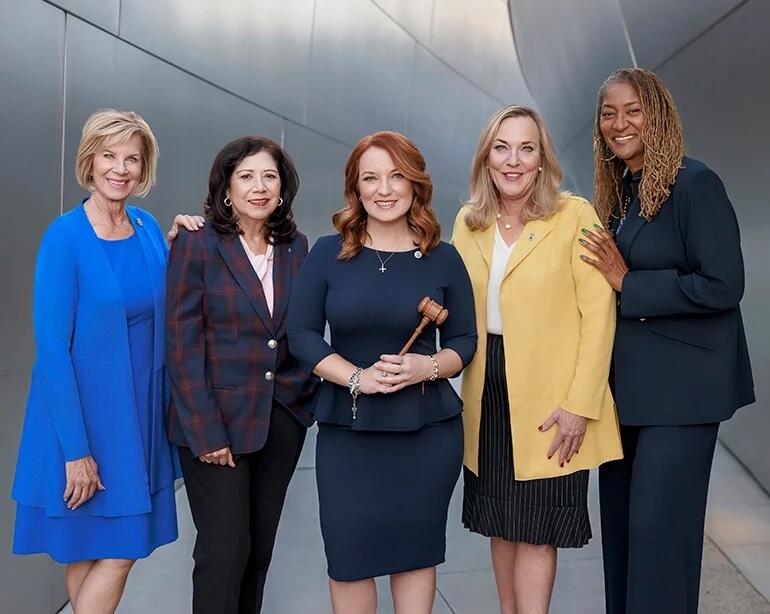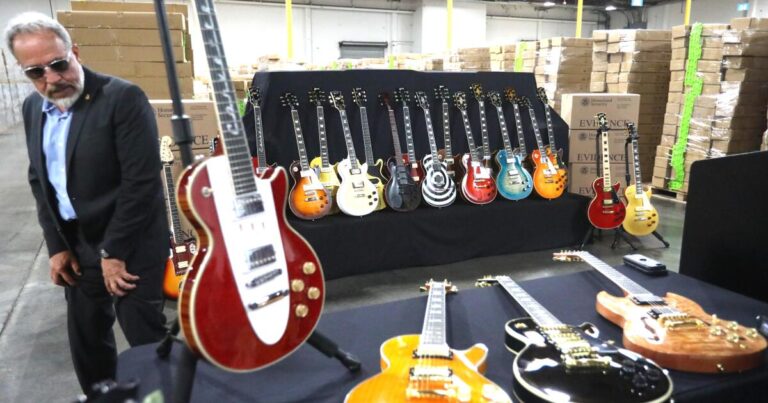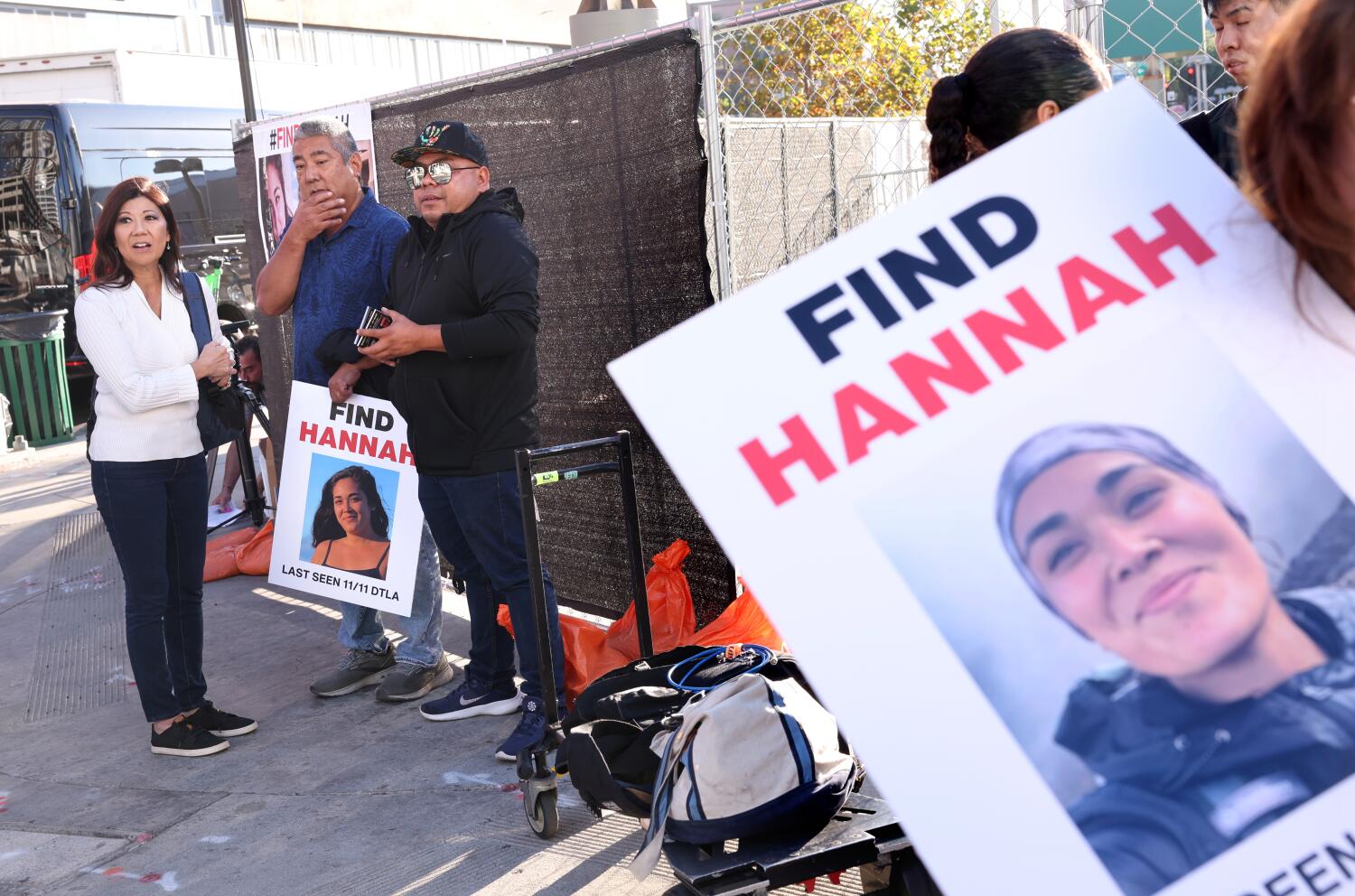
The family of Hannah Kobayashi, the Hawaii woman who disappeared two weeks ago after missing a flight at Los Angeles International Airport, hasn’t given up the search for their loved one.
Kobayashi’s relatives are grappling with an additional tragedy after Kobayashi’s father was found dead Sunday near LAX of what police say was an apparent suicide.
The body of Ryan Kobayashi, 58, was found in a parking lot in the 6100 block of Century Boulevard. According to the Los Angeles County medical examiner, the elder Kobayashi died from blunt force traumatic injuries.
“The search is still on for Hannah,” said Kobayashi’s aunt, Larie Pidgeon. “I know everyone’s focused on Ryan’s death, but he would’ve wanted us to continue searching for his daughter. We’re still here despite everything, and we need the public’s help now more than ever.”
Here’s everything we know about the case.
Who is Hannah Kobayashi?
Hannah Kobayashi, a 30-year-old Maui resident, left Hawaii for LAX on Nov. 8. By the time her flight arrived in Los Angeles, however, she didn’t have time to make a connecting flight to John F. Kennedy International Airport in New York City, according to Pidgeon.
The missing woman is described as 5 feet 10 inches and about 140 pounds, with brown hair and hazel eyes, a knife tattoo on her forearm and freckles on her face, according to a Los Angeles Police Department news release.
Kobayashi was booked on the same flight as her ex-boyfriend. They decided to keep the itinerary because they couldn’t get a refund, but planned to go their separate ways after landing at JFK, according to Kobayashi’s sister, Sydni.
Where did Kobayashi go in Los Angeles?
After missing her flight, Kobayashi went to the Taschen bookstore near The Grove on Nov. 9 and sent a photo of a book to a relative, according to Pidgeon. The family later used the data from the photo and went to the bookstore, where they confirmed with employees that she was there. Kobayashi also filled out a newsletter form with her Maui address.
On Nov. 10, Kobayashi attended the LeBron XXII Trial Experience, an event held at the Nike store at the Grove, and was seen in a promotional video about the pop-up event, according to Pidgeon. Kobayashi also posted a black-and-white photo on Instagram about it.
“We think she was staying around The Grove,” Pidgeon said. “It’s a pretty touristy area with a lot of shops, bookstores and museums, so we think she was just in that area sightseeing and felt safe.”
What were the text messages Kobayashi’s family got from her?
Until Nov. 11, Kobayashi had been texting normally with her family members, telling them that she couldn’t wait to get to New York and that it had been a nightmare trying to get another flight.
Then, on Nov. 11, another of Kobayashi’s aunts started getting “alarming” text messages from her, expressing concern that someone had stolen her identity and all of her money, according to Pidgeon. Her family grew concerned and tried to get a hold of her but didn’t hear back.
“She was using words like ‘hun’ and ‘babe’ and saying ‘someone’s trying to steal my funds,’” Pidgeon said. “She doesn’t talk like that. It was just out of character and the family sounded the alarm.”
Kobayashi’s phone’s was last turned on at LAX on Nov. 11 at 4 p.m. and hasn’t been turned back on since.
Where was Kobayashi last seen?
On Nov. 11, surveillance video showed Kobayashi boarding a Metro train with an “unidentified person,” according to Pidgeon. Kobayashi was then seen transferring stations with the same person and exiting a train at the Pico station around 10 p.m.
Pidgeon declined to provide a physical description of the person with Kobayashi because she doesn’t want to hinder the police investigation.
“It’s alarming. It doesn’t make any sense. The Pico station isn’t near any hotels,” Pidgeon said, adding that the woman in the footage is “100% her.”
Pidgeon said the LAPD told them that before the family received those texts sent from Kobayashi‘s phone, she had spoken to an American Airlines ticketing agent to try to book a flight to JFK.
Her family reported her missing on Nov. 12.
The family wrote in a Nov. 18 Facebook post that in the video footage of Kobayashi near the Pico station, “it is evident that Hannah does not appear to be in good condition and she is not alone.”
What has the LAPD said about the case?
LAPD detectives are investigating Kobayashi’s disappearance as a missing person case and had no updates to share Tuesday morning, according to LAPD spokesperson Jeff Lee.
Anyone with more information has been asked to contact the LAPD at (877) 527-3247.
Pidgeon said police have gotten a “bunch of really good leads” that she couldn’t share. But she said police believe Kobayashi is still in Los Angeles.
“At this point, we can’t rule anything out because it’s been 15 days since she’s been missing and nobody’s heard from her,” Pidgeon added. “We are considering abduction or trafficking. That’s something the family had to come to grips with over the past couple of weeks, but that doesn’t mean we’re losing hope or giving up.”
The LAPD has also informed the family that they’ve escalated the case and put a lot of manpower on the investigation. Pidgeon said it’s a “huge relief” that police don’t think Kobayashi left on her own accord.
“Hannah is a 30-year-old and woman, and unfortunately if you’re not disabled, a minor, or an elderly person with dementia, they don’t take your case seriously because they think you voluntarily go off on your own,” Pidgeon said. “LAPD didn’t really take the case seriously until a week after she went missing.”
LAPD spokesperson Lee declined to disclose whether the department considers Kobayashi “voluntarily” missing, saying, “That’s all speculation. We’re not gonna comment on that.”
What has the family said about the father’s death?
Ryan Kobayashi got to Los Angeles on Nov. 12 to help look for his daughter, Pidgeon said. He was searching the streets, including Skid Row, for days.
“I don’t think anyone knows what it’s like to not know where your daughter is,” Pidgeon said. “He died of a broken heart, and these people saying he had something to do with it — it’s just cruel and needs to be shut down.”
Pidgeon said the family wanted to dispel any conspiracy theories that Ryan was involved in any way in his daughter’s disappearance.
“We just want Ryan’s legacy to remain that he was a father who couldn’t deal with it,” Pidgeon said. “He had a mental breakdown, and I wish there was something we could’ve done. He was one of the kindest, most loving men we ever met.”
A GoFundMe page has been set up to provide assistance for Ryan’s fiancée, Li Jaena.
“He has been living his absolute worst nightmare since Hannah’s disappearance, and now, with his passing, our family is grappling with unimaginable grief,” wrote Ryan’s niece, Emi Ko.
The Kobayashi family is also raising money through GoFundMe to aid in the search efforts and to cover the cost of Ryan’s funeral.
“We ask the public to be kind and compassionate toward us,” Pidgeon said. “Ryan was reading those social media posts. You have a whole family that’s seeing it, so please be kind and compassionate. Put yourself in our shoes.”
